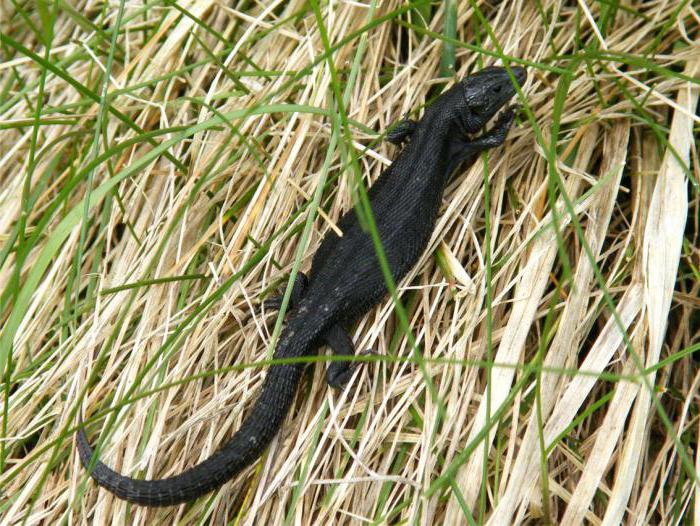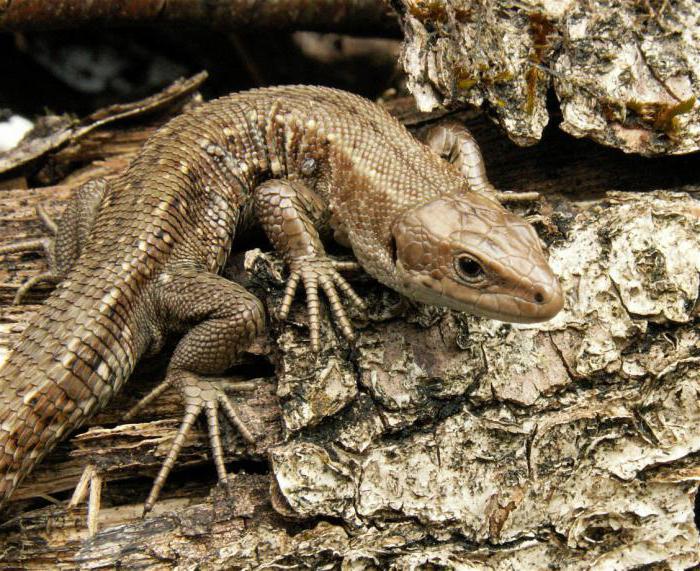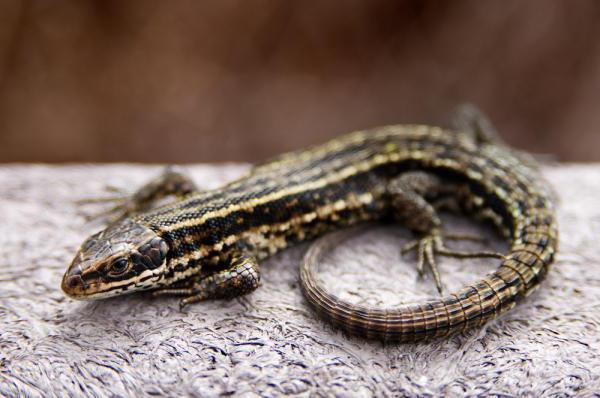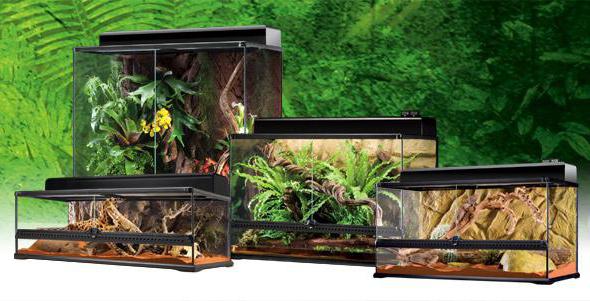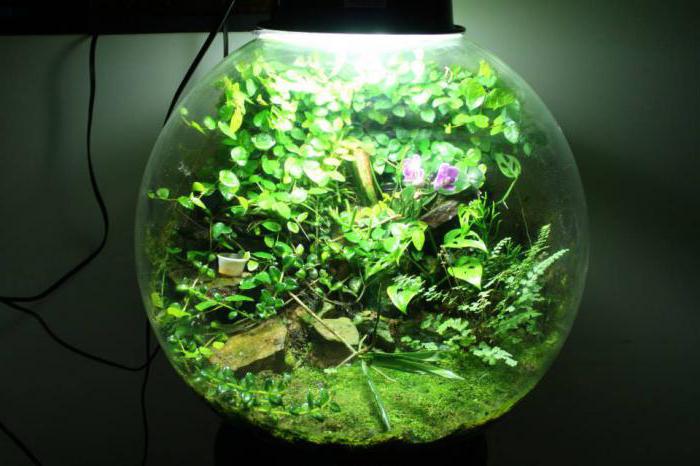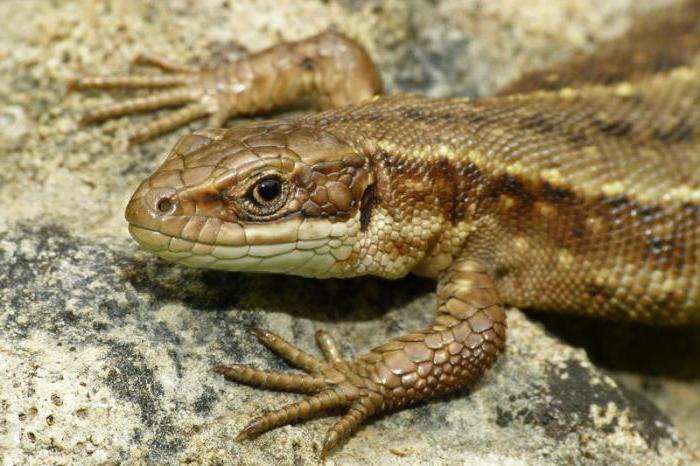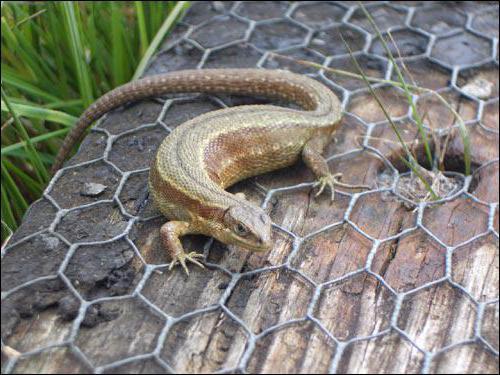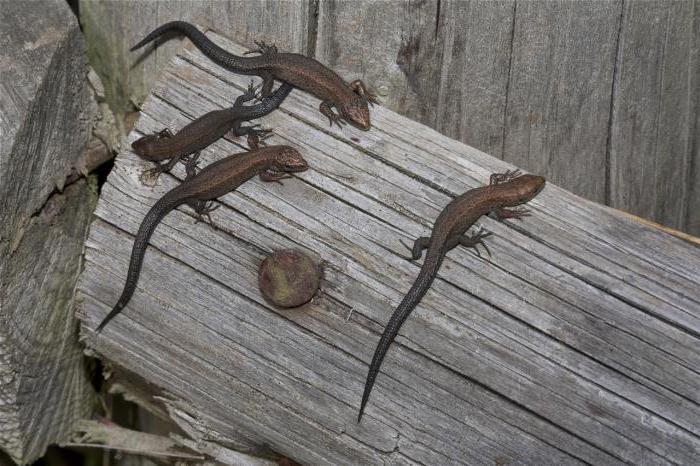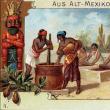Sections of the site
Editor's Choice:
- What to feed a hedgehog at home?
- How to make a poster with chocolates and inscriptions with your own hands?
- Do-it-yourself hazel onion
- What do you need for a picnic
- Pike head ear
- Rating of winter spinners for perch
- How to salt pike caviar
- How to make cheese at home - recipe
- How to care for a hedgehog at home
- How to make a hunting bow with your own hands?
Advertising
| Viviparous lizard: description, content at home, photo |
|
A viviparous lizard is a small reptile, the length of which does not exceed 18 centimeters, while half or even a little more of the total body size is the tail. Unlike many of their other tribesmen, males of this species are smaller than females. Viviparous lizard - descriptionThese lizards do not differ in bright color. He is quite modest. In adults, the upper body and tail may be brown, brown, tan, or greenish. It has a characteristic pattern that stretches along the ridge. This is a dark band, which is sometimes interrupted. In addition, there may be two wide stripes on top and dark stripes on the sides of the body, which are limited to the lower light line, which is sometimes made up of rounded spots. I must say that not all individuals have a pronounced pattern. Moreover, it is not uncommon for a viviparous lizard (you see the photo in our article) to be completely black. These are melanists. Such animals are most often found in northern latitudes, in the mountains. This color is due to the fact that dark colors absorb heat better. In males, the lower part of the body is brick red and even orange, females have a yellowish, greenish or light gray abdomen. In addition, males are distinguished by a thicker tail at the base. A viviparous lizard (newborn) has a dark brown, almost black color, often the pattern is not pronounced. Over time, the color becomes lighter, gradually a characteristic pattern appears on the main background. This happens as the baby grows. HabitatThese cute lizards inhabit almost the entire forest territory of Eurasia - from Ireland, Great Britain and the Pyrenees to Sakhalin, Kolyma and the Shantar Islands. In the west of the range, they are distributed from the Kola Peninsula to the Arctic Circle, the lower reaches of the Yenisei. Viviparous lizards also live everywhere on Sakhalin, and in the south they can be found in the forest zone. The viviparous lizard prefers to settle on the edges, in bushes along the banks of rivers and lakes, in glades. Often they can be found in wet floodplain meadows that border the forest. In Siberia, they can also live in the tundra, in swampy areas on bumps, surrounded on all sides by water. Shelters for these lizards are dense forest litter, burrows of small rodents, shallow crevices between stones, old, dilapidated stumps. Viviparous lizards do not build their own shelters. LifestyleProbably, not everyone knows that a viviparous lizard is not only an excellent swimmer and diver, it also easily moves along the bottom of a reservoir. In the case when she is in danger, she instantly burrows into the silt. Lizards of this species do not run very well when compared with large green brethren. In mountainous areas, they often live at an altitude of up to 2500 meters. They do well in humid environments and tolerate fairly low temperatures well. Thanks to this feature, they were able to settle in the Arctic Circle, where in winter they hibernate. In the spring, when the air warms up to only + 4 degrees, and in some places there is still snow, they come out of this state. At this time, they bask in the sun for a long time, hiding in the pits of the ground, on boards, stumps. Normal activity returns to them when the air warms up above +15 degrees. In the central regions of Russia, they finish wintering at the end of March, in the Far East - at the end of May, and in the north - at the beginning of June. How to keep a viviparous lizard at home?Today, many animal lovers have such pets. It should be noted that the viviparous lizard takes root well in unusual conditions. Its content does not require much effort, but certain rules must be observed. We equip the terrariumYour pet will need a small horizontal terrarium. For one individual, its minimum dimensions should be 30 × 20 × 20 cm. A certain temperature must be maintained in it. This is achieved with the help of a thermal cord, a thermal stone, a thermal mat, or thanks to heating lamps - incandescent lamps, mirror lamps directed downwards. A viviparous lizard at home needs a warm corner, in which the temperature should be up to 30 ° C during the day, and at least 20 ° C at night. In room conditions, night heating is optional. Install a snag, wooden shelf or stone slide under the lamp so that your pet can warm up well, choosing a more comfortable temperature for itself. The terrarium must have a small drinking pond, lizards love to swim and do it with pleasure. Shelters can be built in any shape - these can be shelves, houses, rock slides, etc. It is better to use coarse sand, gravel, coconut substrate as soil. Once a day, the terrarium must be sprayed with warm water. This will maintain the necessary moisture. You can keep lizards in a group. Daily and seasonal rhythmDaylight hours and the operation of daytime heating vary throughout the year. When the animal is active (autumn, spring, summer), it is 12 hours. For irradiation, it is more expedient to use erythemal lamps. The session is five minutes three times a day. You can carry out this procedure with household appliances (UVI) for 1 - 2 minutes during the week. When irradiated with any kind of devices, the animal must be in a dry area. In winter, lizards need complete rest. Within three weeks, you should very slowly reduce the duration of heating and reduce daylight hours. When it reaches six hours, the heating is turned off, and the viviparous lizard does not receive food. Keeping in captivity involves placing it after a week in a ventilated, light-tight cage, which is filled with sawdust or squeezed sphagnum. During wintering, the temperature should be maintained at 8-10°C. We must not forget about humidity. It should be maintained by spraying the soil in the corner of the cage once a week. The duration of wintering is about two months. The lizards are taken out of this state in the same rhythm, gradually increasing the heat and light day. When the six-hour day is reached, the heating is turned on, and the animal begins to be fed. FeedingUnder natural conditions, viviparous lizards feed on small invertebrates, sometimes they eat their young. In a terrarium, they are fed with flour worms, crickets, cockroaches, zofobas, and other insects. They willingly eat earthworms, small snails and newborn mice. Feeding is done at least once every two days, but you can feed daily. Fresh water in the drinker should be constantly. Do not neglect the various mineral supplements that are given along with the feed - crushed eggshells, preparations with a high calcium content. You can periodically add "Borjomi" - mineral water to the drinker. Once a week, give your pet concentrated vitamin preparations. reproductionAt the age of two years, viviparous lizards become sexually mature. There are ovoviviparous and oviparous species. In the Cantabrian mountains they lay their eggs. This happens twice a season. Incubation lasts approximately forty days at a temperature of about 18-20°C. At other points, viviparous lizards give birth to babies in a mucous transparent egg shell, which the small lizards tear for thirty minutes. After leaving wintering (at home), the lizards are irradiated and fed with regular food. But preparations containing vitamin E are added to it. This continues for 3 weeks. Then the lizards molt, and the males acquire a "marriage" color. After that, males and females are combined in one terrarium if they were separated. Copulation lasts no more than five minutes. Pregnancy of the female lasts from 70 to 90 days. Usually born from 2 to 12 babies. |
| Read: |
|---|
New
- How to make a poster with chocolates and inscriptions with your own hands?
- Do-it-yourself hazel onion
- What do you need for a picnic
- Pike head ear
- Rating of winter spinners for perch
- How to salt pike caviar
- How to make cheese at home - recipe
- How to care for a hedgehog at home
- How to make a hunting bow with your own hands?
- How to catch a wobbler

